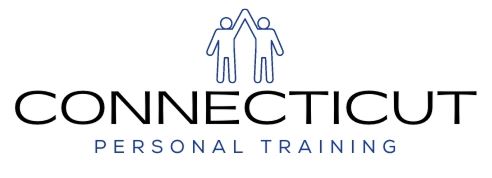What exactly are corrective exercises? One of the more recent trends in the fitness world has been the implementation of corrective exercises, mobility work, stability work, and self-myofascial release. Luckily, this is one of the few trends that I can fully get behind and support. Unfortunately, like most trends and fads, there are plenty of people who will implement and preach corrective exercises without fully understanding their need and place. Corrective exercises are not something that should be marketed to make yourself seem like an “expert.” Instead, corrective exercises are something that will be used by knowledgeable practitioners to help their clients get the best results possible, in the most effective and efficient way possible. These exercises should also not be a cookie cutter regimen that is given to every client. They need to be individualized to each client’s specific needs.
Proper correctives should always start with some kind of “movement screen.” There are many options out there for the kind of screen a trainer can use, but the purpose of this screening is to be able to find muscular compensations that may be inhibiting the body from moving correctly. A trained professional should be able to use their screen of choice to discover these compensations, muscular imbalances, postural issues, and dysfunctional movement patterns.
It is also necessary for a trainer to be able to understand their scope of practice; trainers are not physical therapists. Corrective exercises are a means to align the body, and balance muscular imbalances. This is not the time to try and fix something that is actually “broken” (figuratively speaking).
Corrective exercises are not a means to pull out all the flashy stability toys either. The sole purpose is to rectify an issue; not to show off. Sometimes, the most basic exercises and movements are exactly what are needed. There is very little that is functional about standing on an upside down BOSU, rubbing your belly and tapping your head.
There is a difference between a good dynamic warm-up and corrective exercises, although there may be some overlap.
A good dynamic warm-up should focus on mobility and range of motion. This undoubtedly works on loosening up the areas that are tight and focuses on prepping the body for the workout that is about to ensue.
Corrective exercises will focus on more specific imbalances that need extra attention–more attention than a general mobility-centralized warm-up. In the most basic terms, a corrective exercise to remedy an imbalance will strengthen what is weak and loosen what is tight.
Typically, there are two main causes for compensations and muscular imbalances. The first is overly-tight muscles caused be repetitive, inefficient movement patterns, and the second is inefficient firing patterns for specific muscle groups.
Correctives need to focus on loosening these tight muscles, and also, to get the “turned off” muscles to start firing again. In a very basic explanation, muscles are like a light switch. If that switch is turned off, the body will never move like it should. The goal of the correctives is to flip the switch back on. Repetition is a must! If you turn the light switch on enough times, it will eventually stay on. With muscles firing properly, you will get more muscle activation with each exercise, and you will get the most out of every lift. Furthermore, the correctives will allow a safer workout by making sure that the proper muscles handle the load.
Corrective exercises are not something that should be performed in perpetuity. They are used for exactly what their name suggests: the correct muscular compensations. If, after a set amount of time, that compensation is still present and has not improved, then it is clear the corrective exercise is not working, and it is necessary to go back to the drawing board.
Correctives should always be changing to work on any compensations that may appear as time goes on. This is in contrast to a dynamic warm-up, whose sole focus is loosening the body and providing mobility prep for a workout. Since these dynamic warm-ups are usually generalized for total body mobility, there is little need to change them up.



